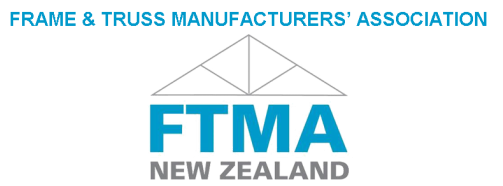|
WORKSAFE NZ (H&S) - Managing Wood Dust Exposure
Wood product manufacturing and construction activity can produce wood dust. Exposure to wood dust can be hazardous and can cause lung disease as well as other health effects. It is important to remove wood dust from a work area and control any exposure to ensure worker health. The major health effects of wood dust exposure are:
What are employers’ responsibilities?
Dust Limits MBIE will be focusing on Dust and Noise Reduction in the Workplace. This has recently been deemed to be an area of potential workplace harm. The regulatory control of this is covered by Workplace Exposure Standards (WES) where dust levels in the working environment were significantly reduced in December 2012. |
"Work-related health is about the impact work can have on people’s health. In the past, we've called it occupational health.
Every week an estimated 15 people die from work-related diseases. In fact, a worker is ten times more likely to die from a work-related disease than from a workplace accident" KEEP SAFE, KEEP WORKING WorkSafe New Zealand is committed to helping make construction sites safer places for everyone. WorkSafe New Zealand offer a great range of guidance documents, support tools and resources so we encourage employers to take the opportunity to review what is available to ensure your team are happy and healthy! |
Home About FTMA Timber In The Building Industry Meet Our Members Useful Links Contact Login copyright 2016 FTMA NZ

